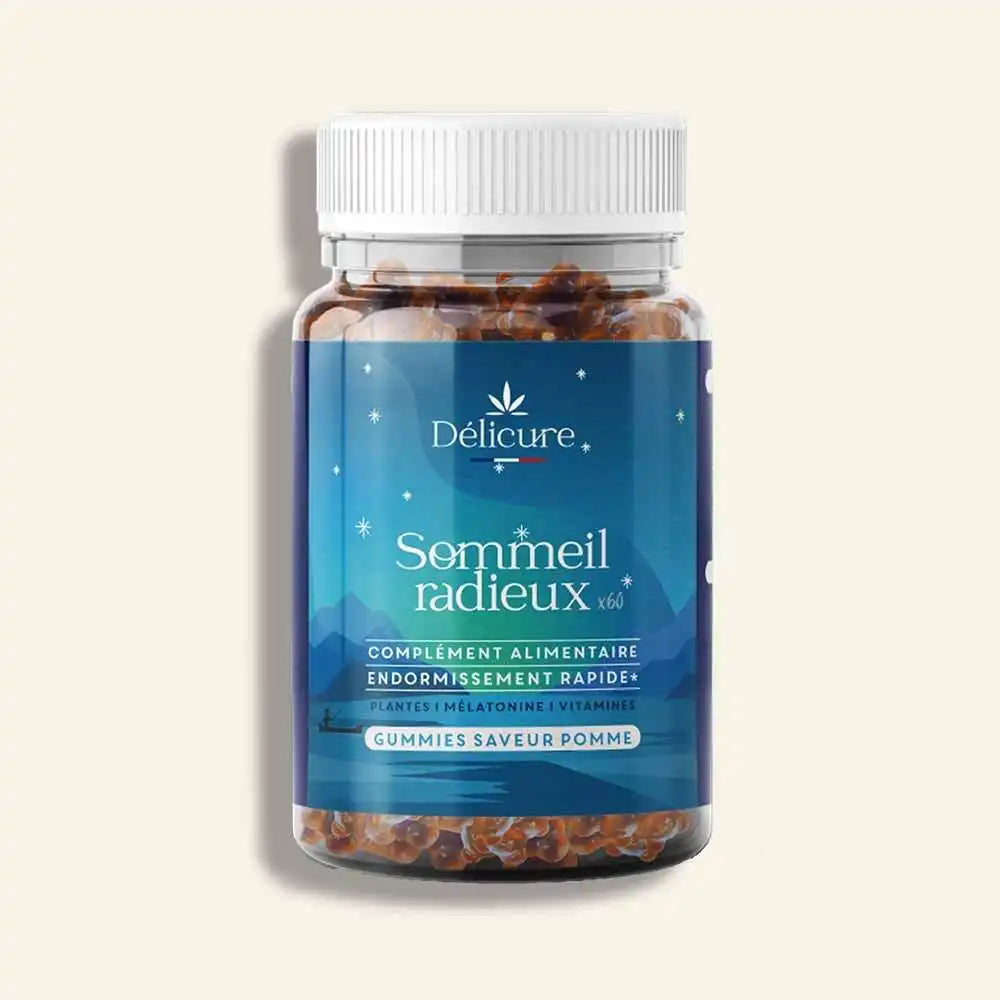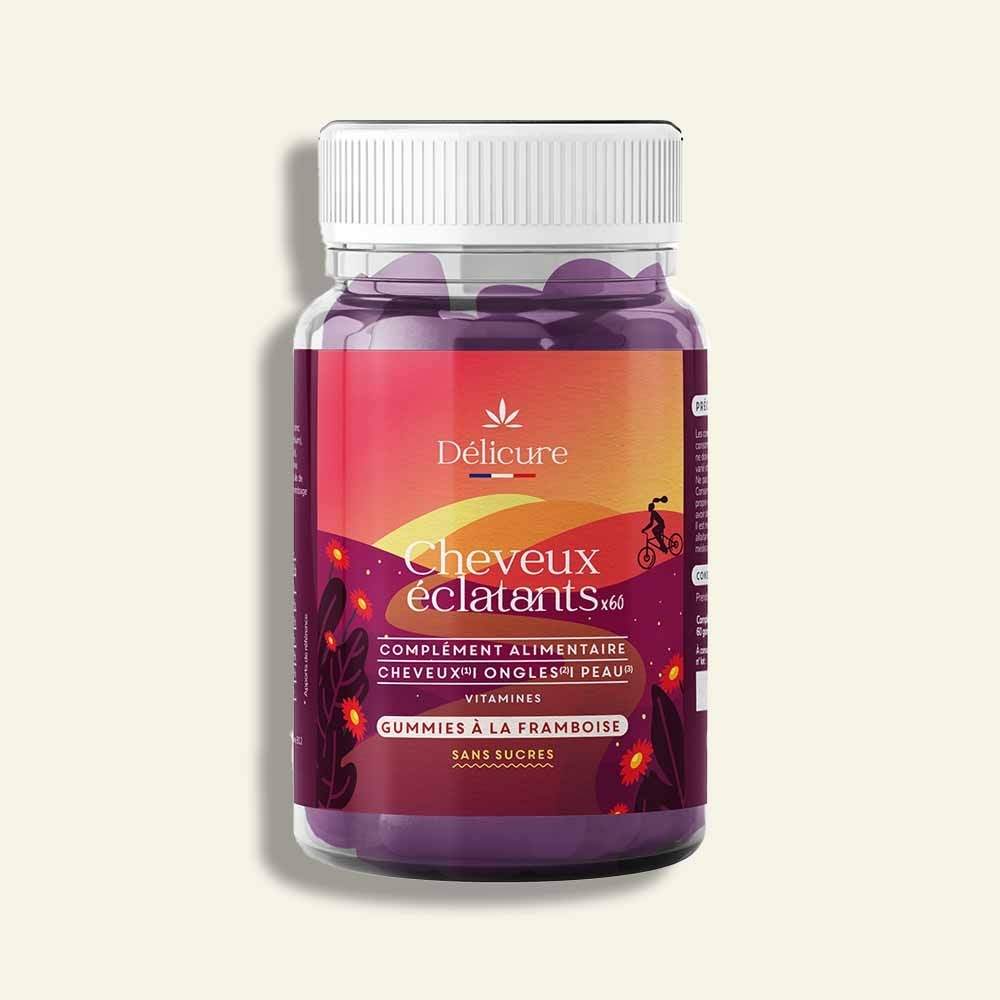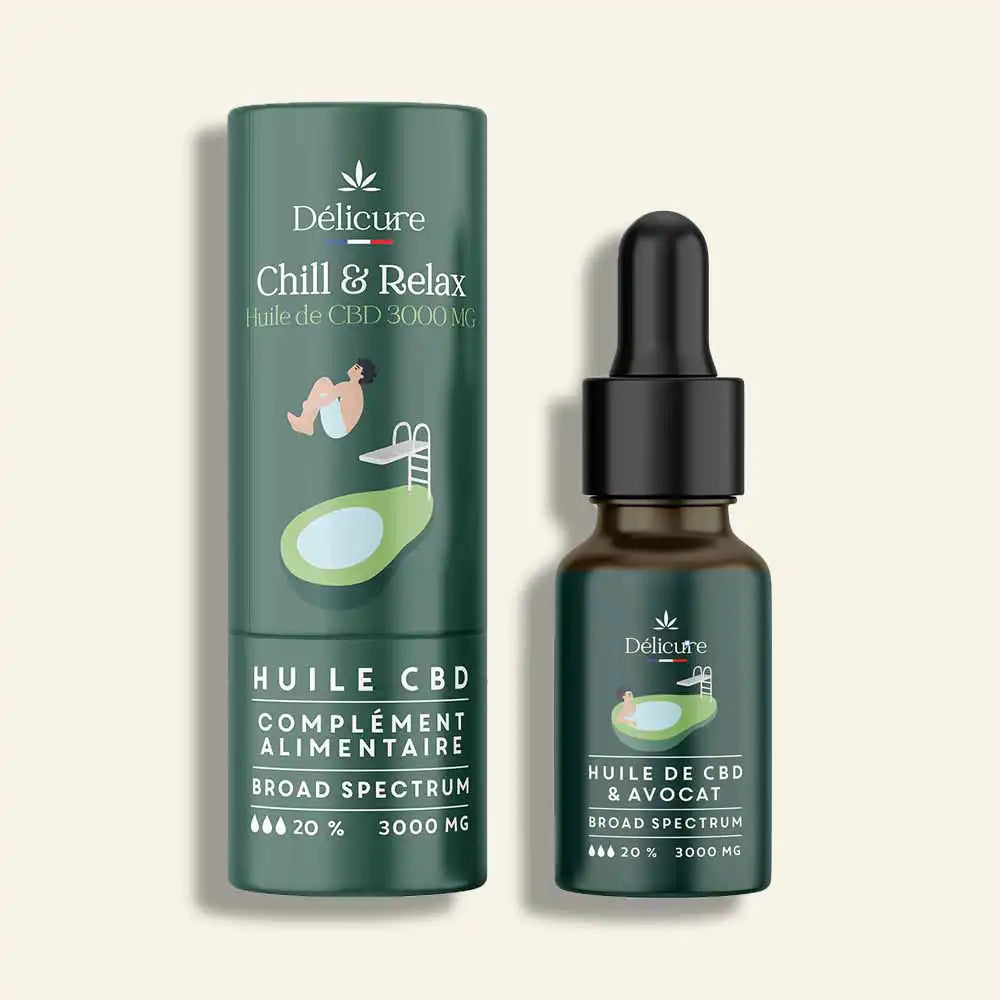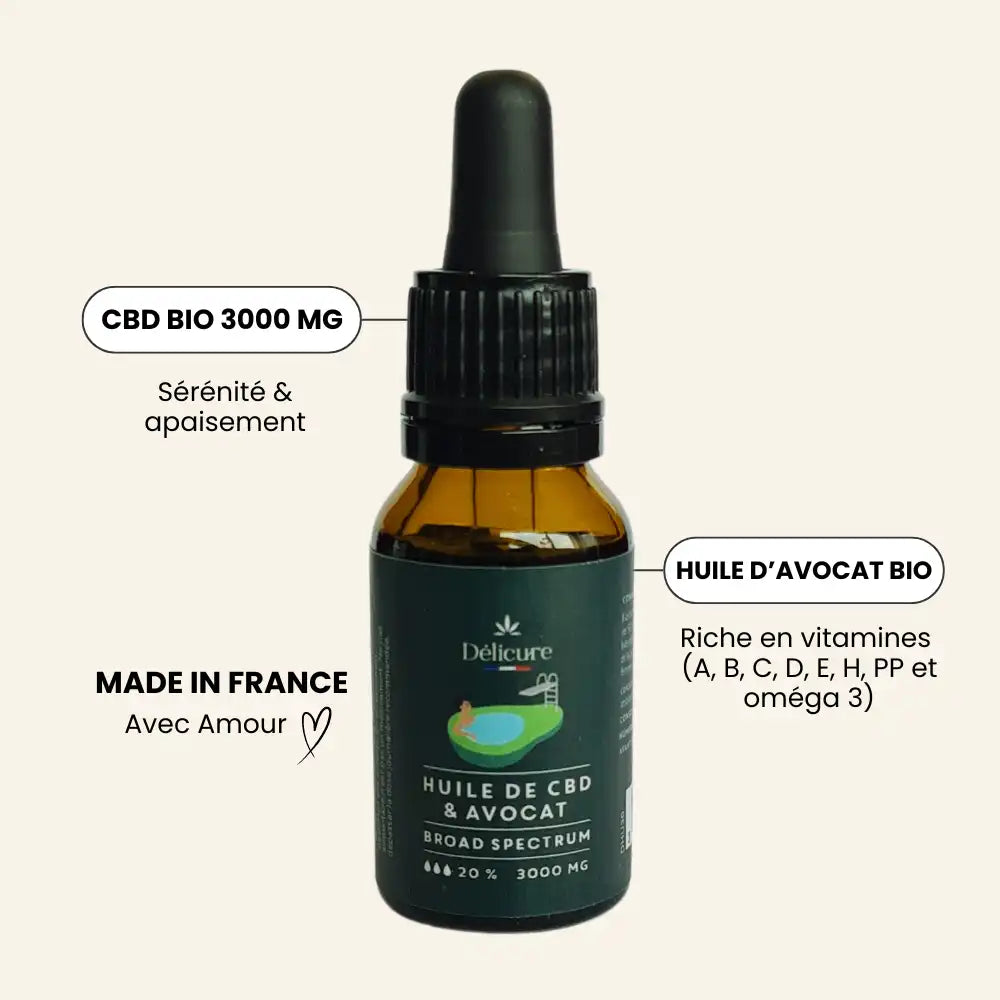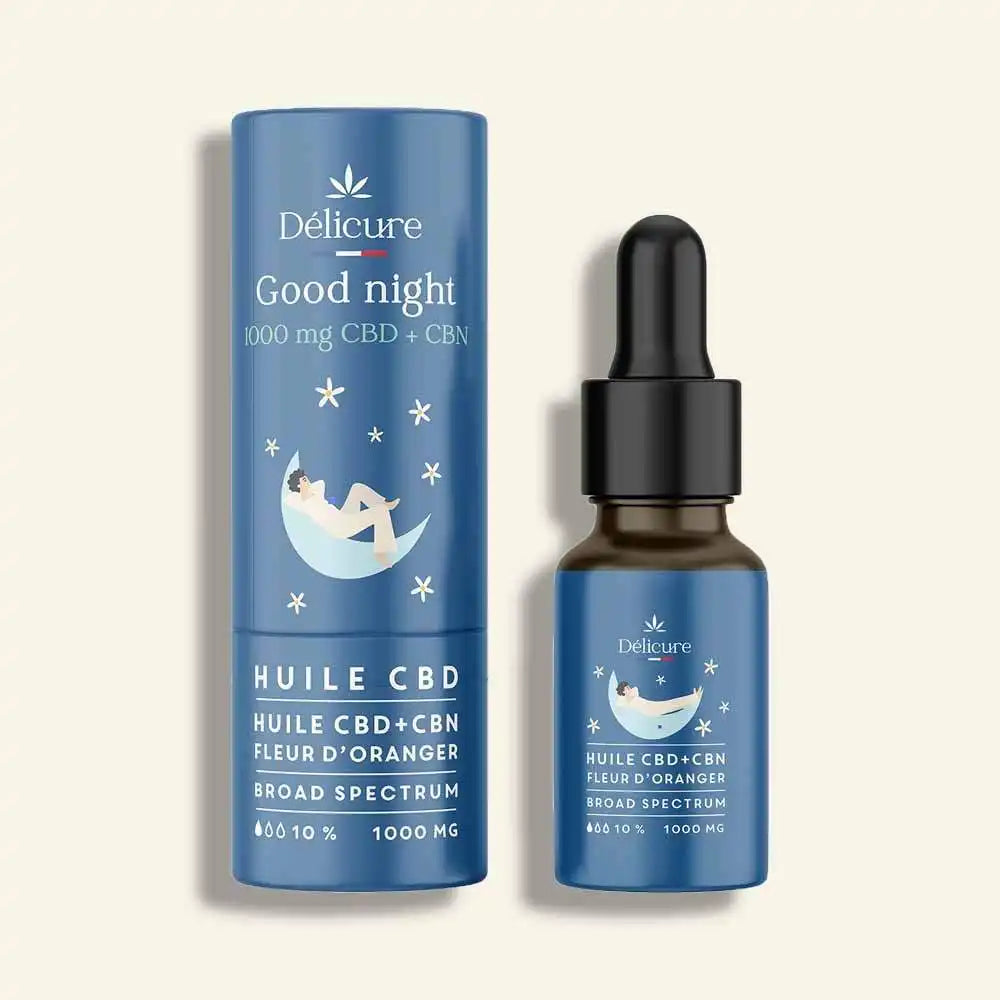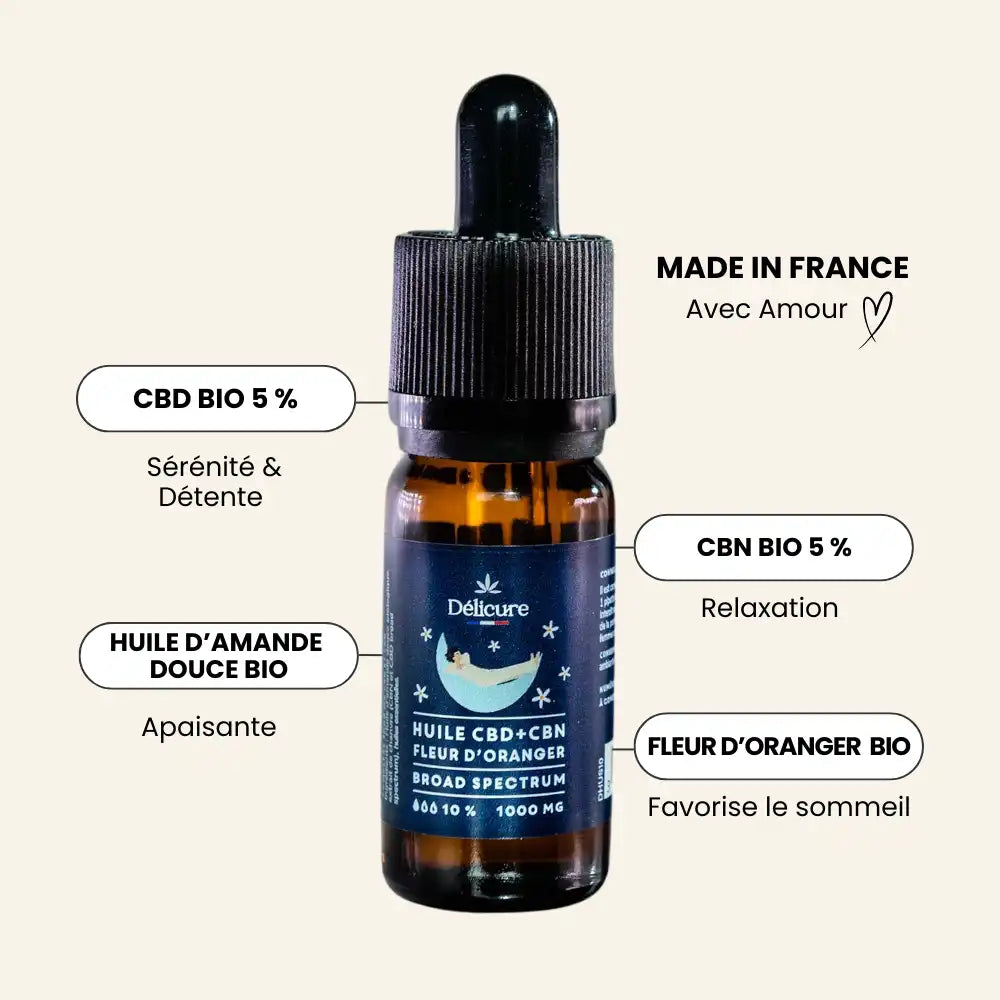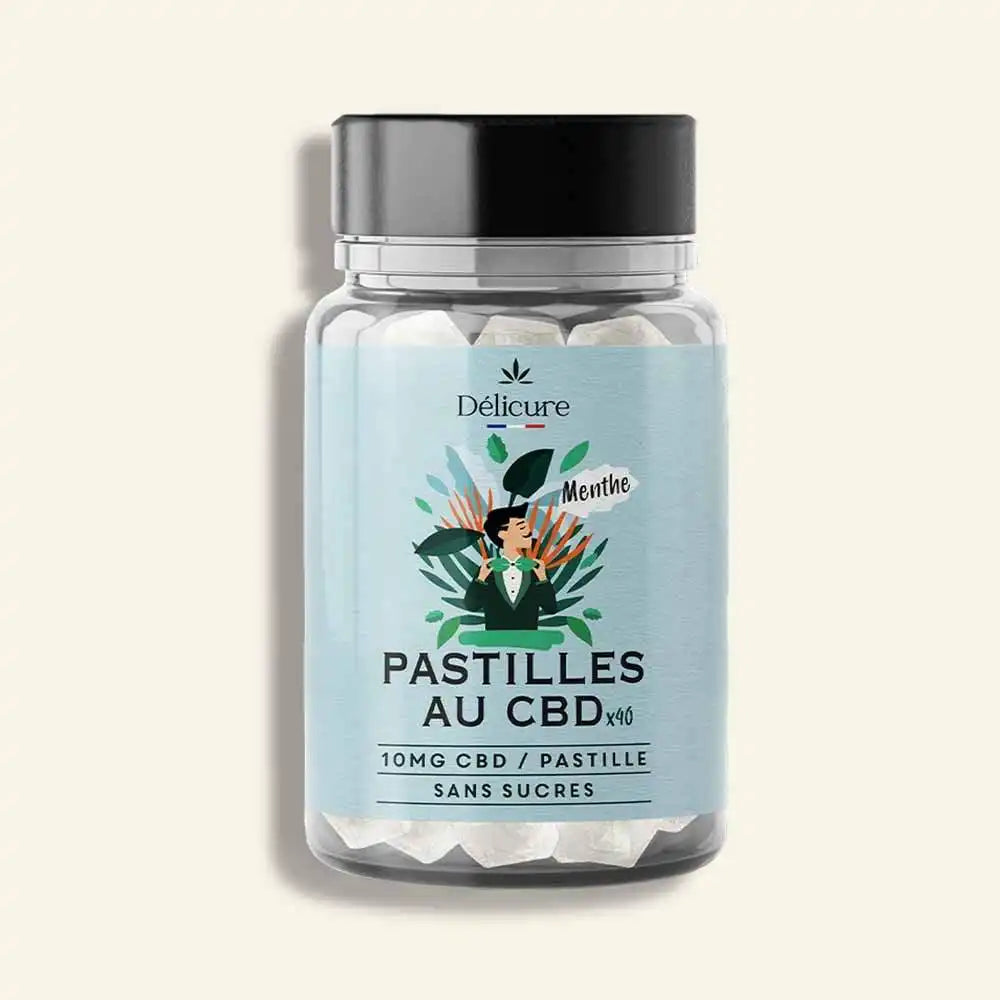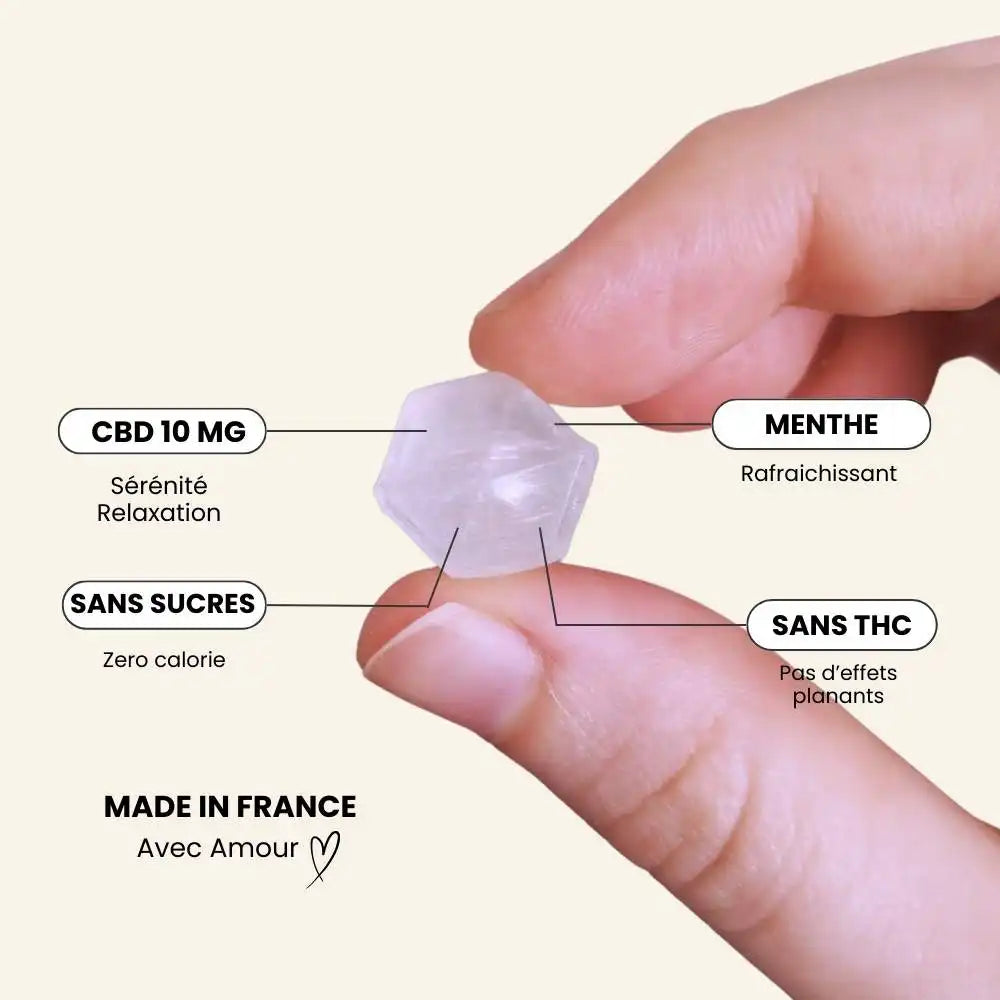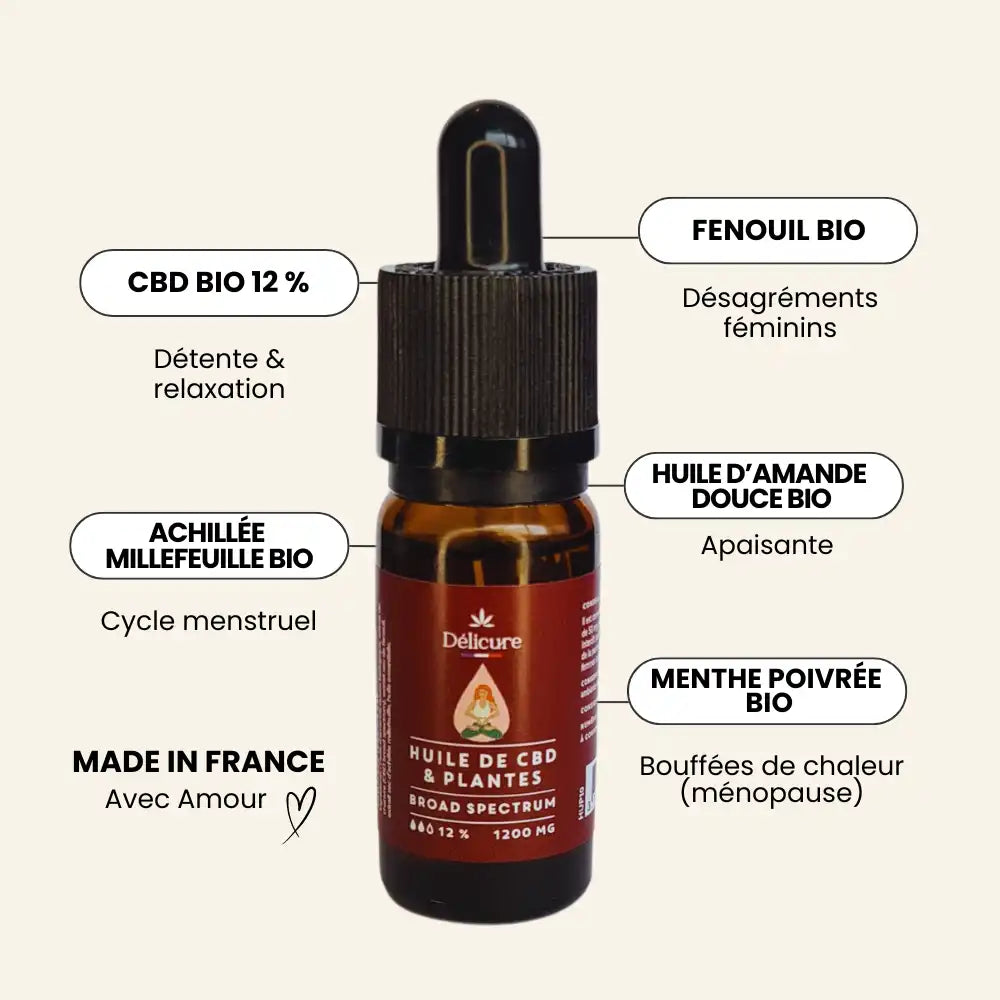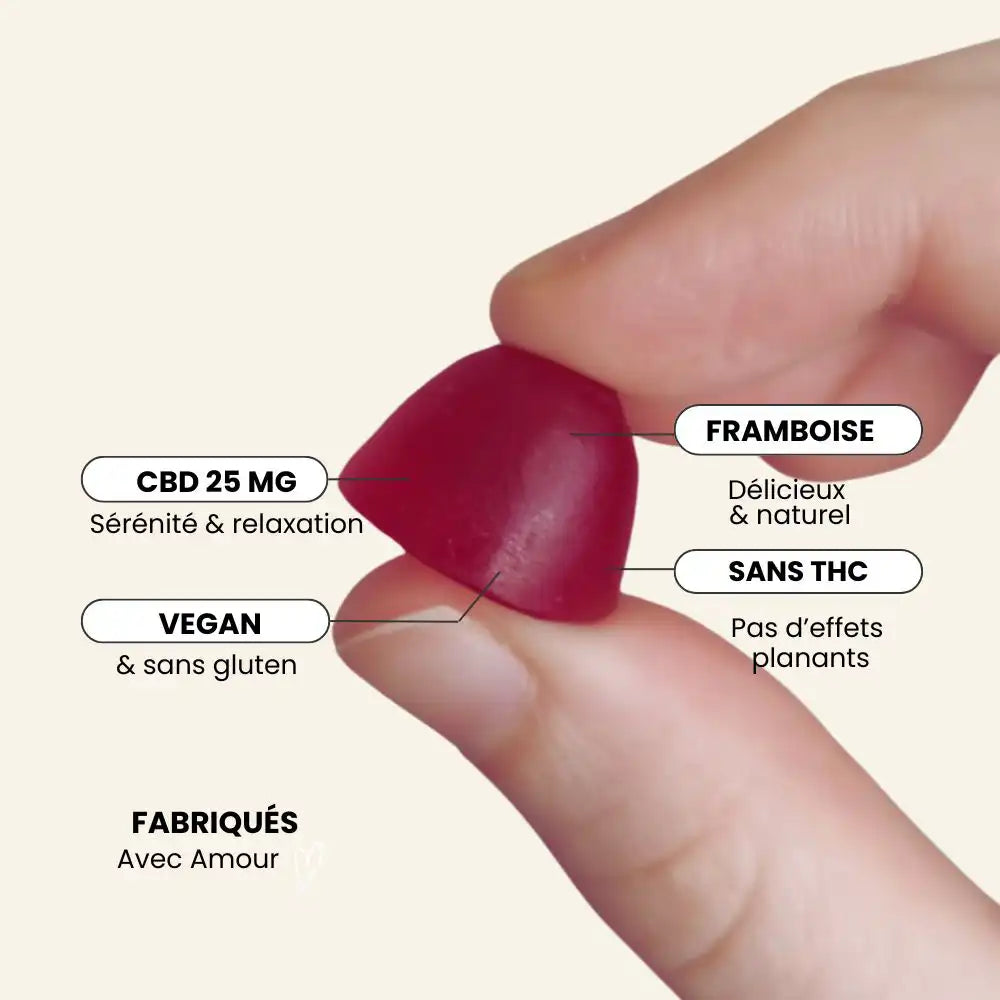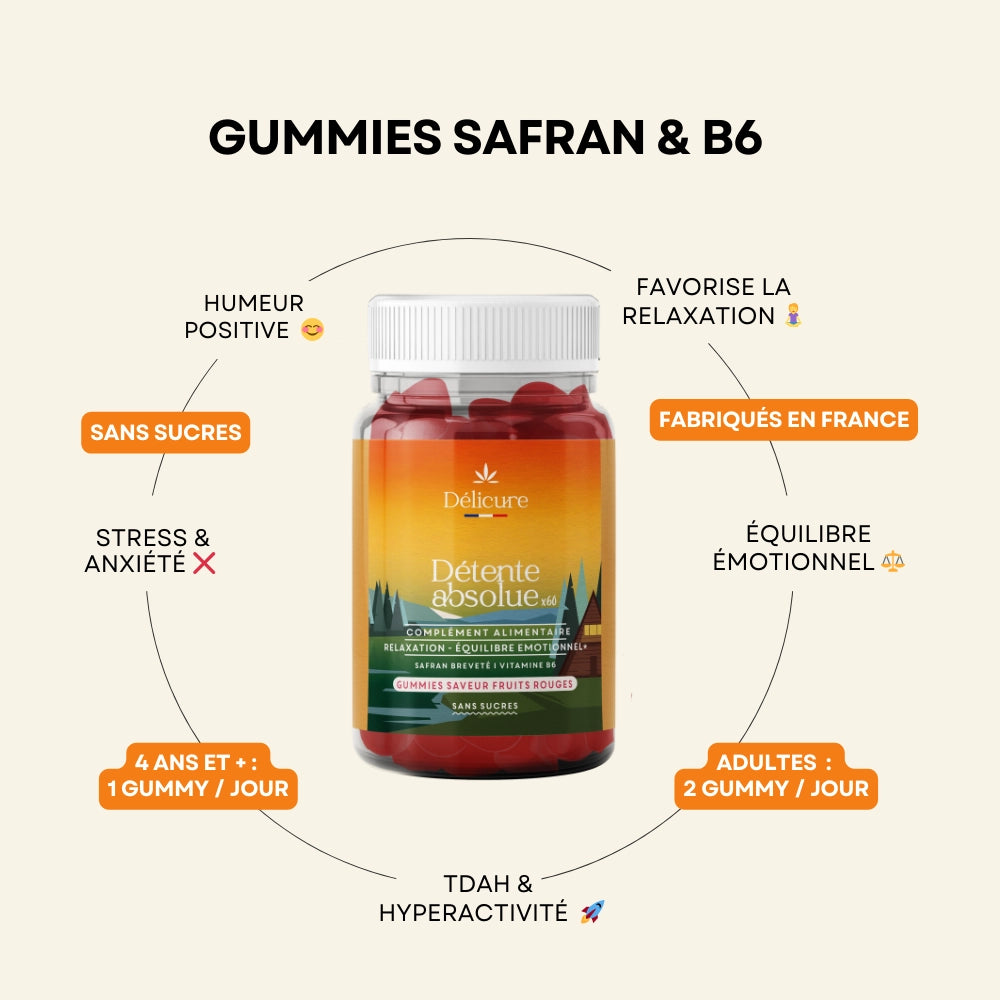
What is CBG?
Just like CBD (cannabidiol) and CBN (cannabinol), CBG or cannabigerol is a non-psychotropic molecule derived from hemp flowers whose potential benefits are the subject of numerous studies.
At harvest time, CBG is present in the hemp plant but in very small quantities compared to other molecules such as CBD (cannabidiol) or THC (tetrahydrocannabinol).
Among the effects observed by researchers and its consumers, many benefits are associated with it and some of them make CBG a very promising molecule in medical research .
Where does CBG come from?
CBG (cannabigerol) is the first cannabinoid to develop in the hemp plant. It is from this that other cannabinoids such as CBD or THC are formed. This explains why it is only present in very small quantities (1%) at the time of harvest but also why many benefits observed in other cannabinoids are also observed in CBG.
Just like CBD, CBG is legal in France. In fact, it does not cause psychotropic effects unlike THC (another molecule from the hemp flower). CBG is also not habit-forming or addictive.
But although many benefits are associated with it, it should not be used as a substitute for medical treatment without having been discussed with your treating physician, as it is not (yet) recognized as being itself. even medical treatment!

What are the effects of CBG?
According to research and consumer reviews, CBG has many benefits. Some of them could even make it of capital importance in the fight against certain serious illnesses! But too few studies have been carried out for the molecule to be used on a large scale in medicine.
Effects observed in scientific studies include:
- Anti-inflammatory effects: studies tend to demonstrate the beneficial effect of cannabigerol against inflammatory diseases;
- Reduction in intraocular pressure: according to this study , CBG helps reduce intraocular pressure, which would therefore make it interesting for combating eye diseases such as glaucoma;
- Slowing down the progression of tumors and reducing nausea caused by certain cancer treatments: making it potentially possible in the fight against certain forms of cancer;
- A study highlights a potential slowdown in the progression of certain neurodegenerative diseases such as Huntington's disease
- Antibacterial effects: one study even demonstrated the effectiveness of CBG and other cannabinoids in fighting bacteria against which antibiotics had no effect.
Links between CBD and CBG
Like CBD , CBG is mainly used for its potential analgesic effects and to combat anxiety. But although its effects are similar to those provided by this other cannabinoid, these two molecules would benefit from the entourage effect.
Thus, the effects of CBD would be amplified by the presence of CBG. This synergistic effect is called the entourage effect and it is due to the fact that CBG is not absorbed by the body in the same way as CBD.
How to consume CBG?
One of the most effective ways to consume CBG is in oil form. To put under the tongue, in your dishes, your drinks or directly on your skin, the oil allows you to consume CBG directly and in high concentration.
Other products may contain cannabigerol but rarely in such high concentration and do not always allow it to be absorbed as effectively.
For example, cannabis flowers also contain it but in smaller quantities and their combustion could alter the molecule and thus make it lose its effectiveness.
Conclusion
CBG appears to be a very promising medical molecule , but more studies need to be conducted on it before it is used to treat serious illnesses.
However, the many positive opinions from its consumers seem to confirm that the molecule has many benefits and that products based on CBG have properties that products that do not contain it do not have.
--





